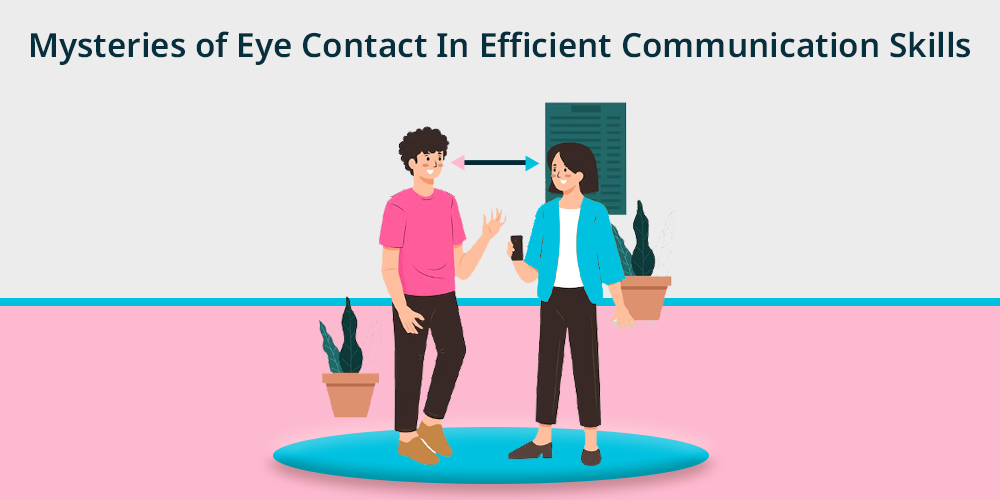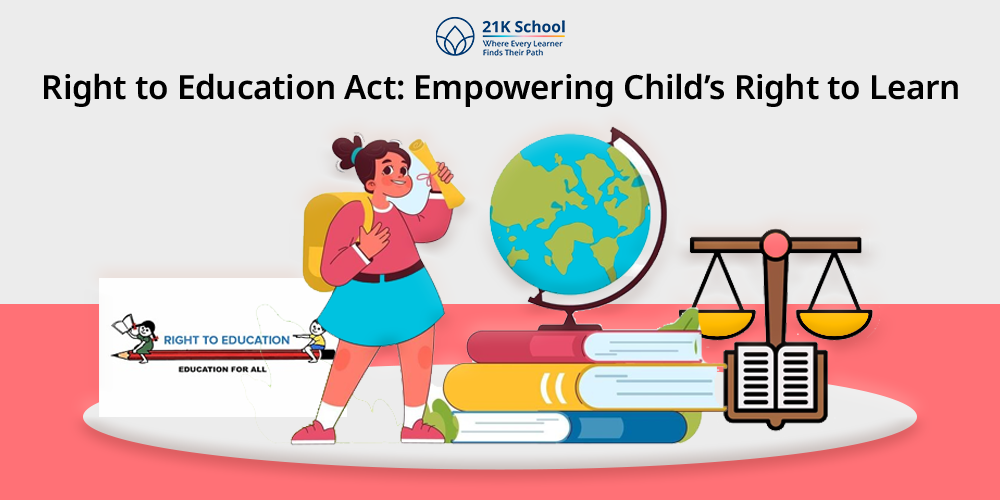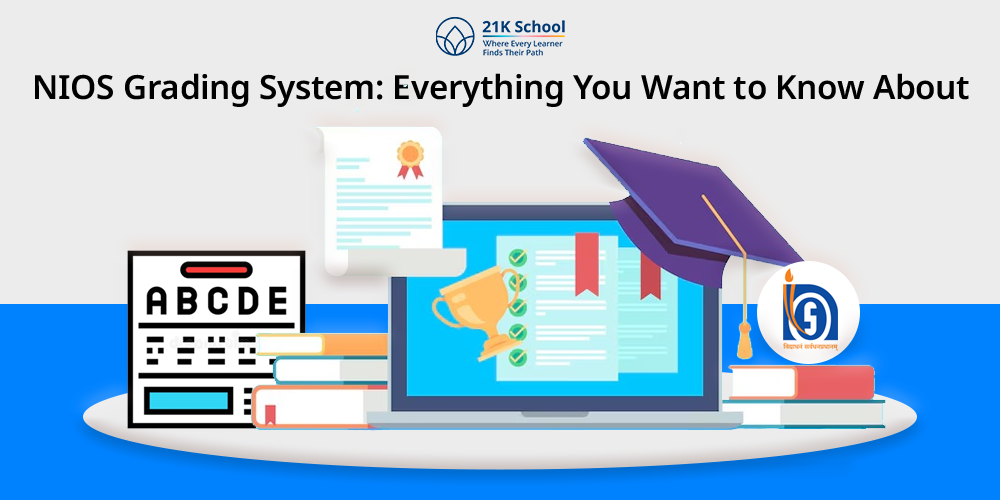
Among all the verbal and nonverbal signals, the subtle yet influential tool people often ignore is making direct eye contact. The pure natural connection that exists worldwide among all human beings is through eyes.
Even when people talk with different accents and languages yet their eyes effectively communicate important messages. The quality of human interaction depends highly on eye contact.
However, nonverbal messages transport multiple important meanings between people across different settings. People use eye contact to reduce anxiety, to establish dominance as well as to detect dishonesty. But how and why?
This investigation reveals eye contact psychology principles, their importance, and essential guidelines for better usage of this communication channel. This article will answer questions about eye contact behavior.
Understand the importance of language skills before diving into the depths of eye-contact and its contribution in communication.
Contents
Psychology Behind Maintaining Eye Contact
1. Emotional Connect
Through eye contact people create an intangible emotional connection that unites them. As demonstrated by research eye contact enhances emotional understanding between people while they converse.
Human beings gain acknowledgment of their existence and grow connected to others. A mutual gaze between children and adults strengthens safety feelings together with empathy and sense of presence.
2. Builds Trust
Eyes-to-eyes conversation creates trust particularly at the initial encounter point. Individuals who maintain eye contact with others get judged as particularly honest and dependable.
Our brain uses eye observation as a method to determine honest behavior.
3. Evaluate Confidence
The evaluation of someone’s self-confidence mostly depends on the way they maintain eye contact during interactions. The avoidance of direct eye contact indicates fear or insecurity.
But a steady gaze indicates leadership skills which help build collaboration. For more information, read how to build confidence in children.
4. Lie Detection
Research shows that prolonged or sudden eye contact avoidance from a person may indicate trials to mask deception. When lying, people tend to go to extremes by maintaining direct or completely ignoring eye contact with others.
People who monitor dishonesty in others commonly use these small behavioral indications.
5. Improved Engagement
Eye contact with a person forces your attention to engage. The practice improves memorizing ability and keeps discussions flowing with equal regard for both parties.
Teachers often put emphasis on students to keep their eyes directed toward the audience in educational spaces. It is one of their core strategies to engage students in the classroom.
Importance of Eye Contact in School Settings
1. Incorporating Reliability
The exchange of eye contact creates reliability along with respect in educational environments. When students make eye contact they show attention towards their educators or studies.
Whereas teachers’ eye contact denotes leadership and compassion in the classroom. It contributes to a healthy teacher-student relationship.
2. Boosts Confidence
Students who keep eye contact for presentations or discussions gain better self-confidence along with mastery in public speaking. Early practice of this ability leads to enhanced academic performance and better relationship status.
It is one of the most efficient and practical strategies to build confidence in children.
3. Depicting Authority
Instructive eye contact makes teachers more visible to their students and helps them keep control over classroom situations. The approach strengthens leadership and authority through its ability to comprehend genuine student needs.
Here you can understand the best leadership roles in school that students can play.
4. Better Communication
Intentional eye contact eliminates redundant discussions because it makes messages clear which supports better verbal conversation. The technique helps students who learn differently because it provides them with visual signals for better understanding.
With the rising importance of communication skills, maintaining proper eye contact becomes a necessity.
5. Active Listening
Efficient interaction, participation, and comprehension in educational contexts depend heavily on active listening, particularly when combined with eye contact. By keeping eye contact while listening, one can establish rapport, show respect, and indicate attentiveness.
All of these contribute to a more interesting and effective learning environment.
Specific Rules for Eye Contact Success in Efficient Communication
Do’s
- Look at others in their eyes for 4-5 seconds during normal conversation.
- Maintain a friendly and approachable eye contact while smiling.
- Normal blinking rhythm helps prevent robotic appearance.
- Temporary breaking of eye contact stops the perception of staring.
- Direct your eyes to ask for attention from someone and manifest active listening.
Don’ts
- Universally, staring at someone could be mistaken for hostile behavior.
- Eyes should stay fixed on the person adequately. This is because nervous turnaways indicate shyness or fear.
- Avoid excessive thinking before making eye contact because your efforts may then seem artificial.
- The effectiveness of eye contact requires aligning with your body language and the appropriate use of your tone.
- Adapt positive cues while approaching someone. Negative non-verbal communication skills include avoiding eye contact.
Blueprint to Improve Communication with Eye Contact
1. Mirror For Practice
Performing mirror conversations provides an opportunity for a confident and admirable eye contact practice. Pay attention to your eye directions, expression of happiness and facial movements.
Such practice enables individuals to become aware of themselves while feeling more at ease with maintaining their gaze.
2. Spurt Casual Discussions with Knowns
Make your first attempts at maintaining eye contact with acquainted people like friends and neighbors during regular conversations.
You should use secure environments to develop deliberate eye contact skills to track how the connection evolves.
3. Record Yourself on Camera
Make videos of yourself with a camera/phone during speaking and presenting tasks. Review video documentation that shows your current eye contact patterns.
When speaking to yourself, do your eyes frequently drift from their focus? Are you stiff or expressive?
The analysis phase unveils both strong and weak points that let you enhance your communication skills.
4. Honest Self Feedbacks
The practice of noting down reflection points and giving honest self feedback helps your improvement become more rapid. Be kind yet critical.
Take time after discussions to examine your performance by checking if your eyes maintained contact throughout. Did it feel genuine? How did you react?
In Conclusion
The psychological signal which eye contact delivers develops trust while enhancing communication between people.
A foundation for understanding and connection along with leadership development exists throughout schools, homes, and social environments.
Intentional eye contact practice allows both children and adults to build better communication abilities which strengthens their relationship bonds.
One simple look demonstrates to others that you are fully present as well as confident and attentive. Eye expressions occasionally convey everything without needing any further explanation.



